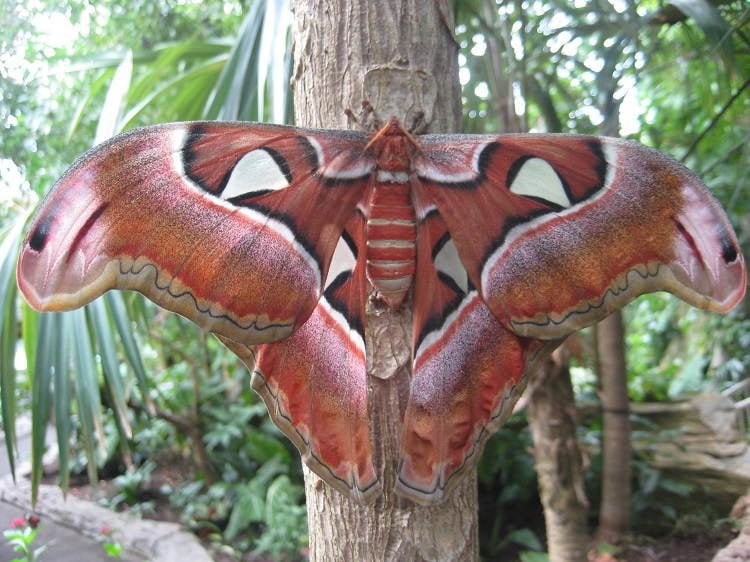Butterflies tend to get much more positive attention than moths. We want to change that with this list of incredible moth species.
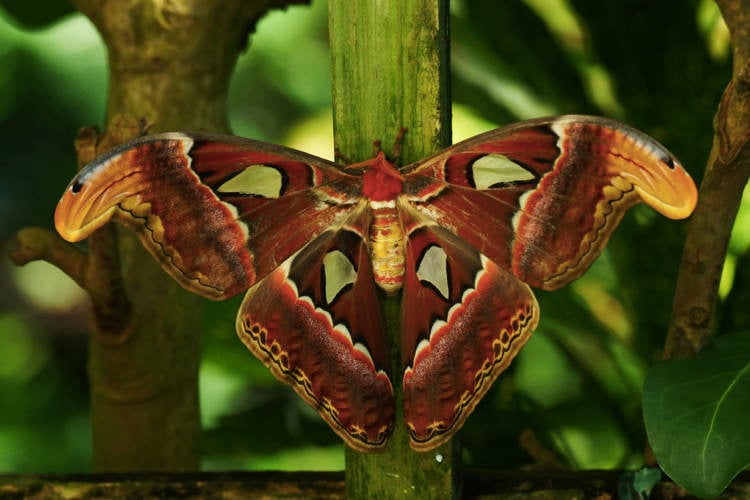
Source: Flickr
The phrase “like a moth to a flame,” has existed in some form since before Shakespeare referenced it in “The Merchant of Venice.” Why moths are drawn to bright light is still a mystery; though scientists do have theories, including the nocturnal insects’ reliance on bright celestial light, like the moon, for navigation.
Moths are generally considered pests whose larvae eat clothing made from natural fibers like wool or silk. But lepidopterists are drawn to them like, well, like a moth to flame. There are some 160,000 species of moths identified in the world. Here are some of the weirdest and most beautiful.
The Oscar-winning film “Silence of the Lambs” did little to enhance the reputation of moths. It just made one in particular more creepy. Superimposed over Jodie Foster’s mouth in film posters, the Death’s-Head Hawk Moth played a central role in the movie, becoming a clue for the apprehension of a serial killer.
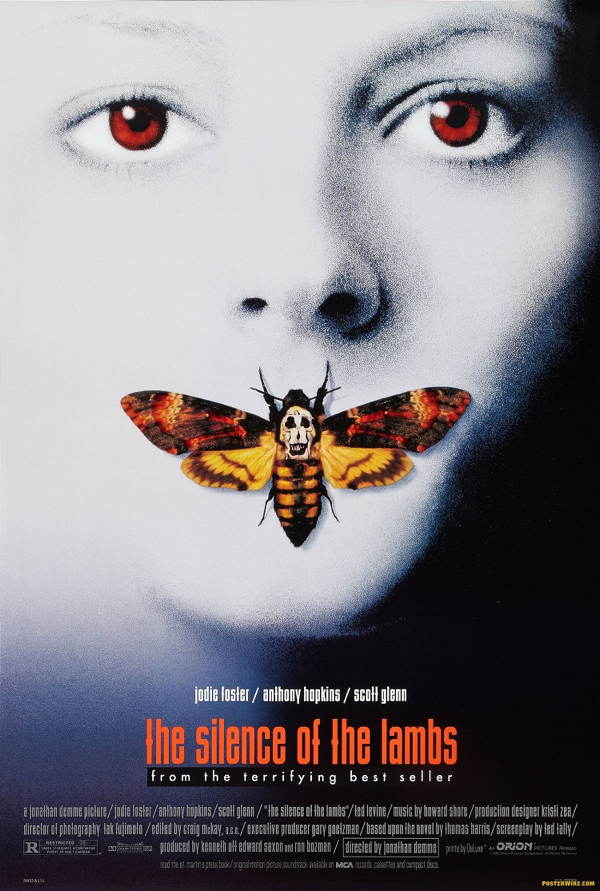
Noted for the image of a human skull on its thorax, the moth has long been surrounded by superstition and fear, which is related both to the skull marking and the moth’s ability to emit a loud squeak if irritated.
Aside from being featured in “Silence of the Lambs,” the moth has appeared elsewhere in popular culture, including Bram Stoker’s “Dracula,” Edgar Allan Poe‘s short story “Sphinx” and in artwork by German artist Sulamith Wülfing.
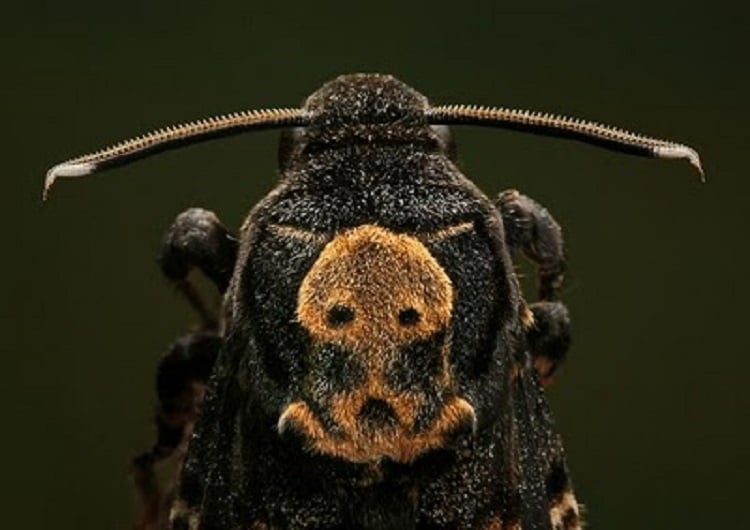
Using the Luna Moth as a marketing image is appropriate for the sleep aid Lunesta. Aside from sharing its first syllable with the moth, the medication is intended to be taken at night, which is the time of day most Luna Moths are active.
The lime-green Luna Moth, with its graceful, elongated wings, is not only one of the most beautiful moths of North America, it is also one of the largest. It has a wingspan of up to 4.5 inches wide and about 5 inches long, rarely exceeding 7 inches.

Source: Wikimedia
Its tapering, undulating hind wings have eyespots that help protect the moth from predators. Sadly, the adult Luna Moth lives only one week in most climates and their purpose is solely to mate and lay eggs. They don’t even eat during their seven-day life cycle. Why? Luna moths do not have mouths.
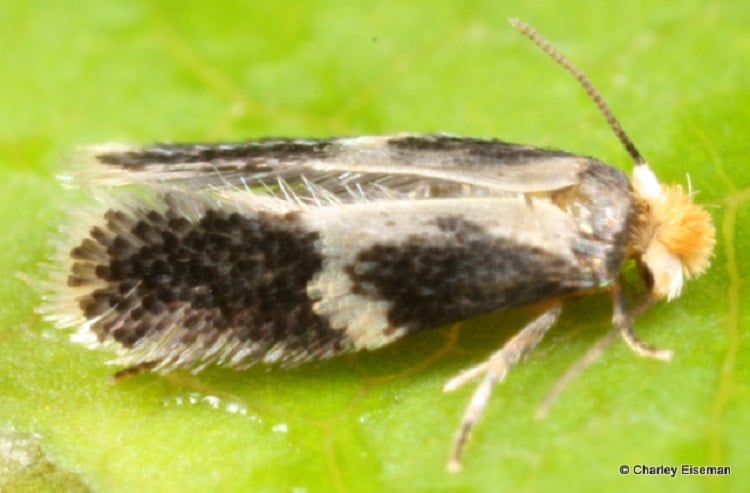
Source: WordPress
The tiniest moths in the world are in the family Nepticulidae, and can be found worldwide. They are also called pigmy or midget moths, which isn’t surprising since some of them are only as big as the tip of a pencil. Their wingspans can be as little as 3 millimeters. One of the very smallest, the Pigmy Sorrel Moth, can be found throughout Europe, from Sweden and all the way to Romania.

From the smallest to the largest, the Atlas Moth has a wingspan of more than 10 inches and has been mistaken for a bat when in flight. Even their cocoons are large, having been used as women’s purses in Taiwan. The females of the species are considerably larger and heavier than males. It lives in the tropical and subtropical forests of Southeast Asia.
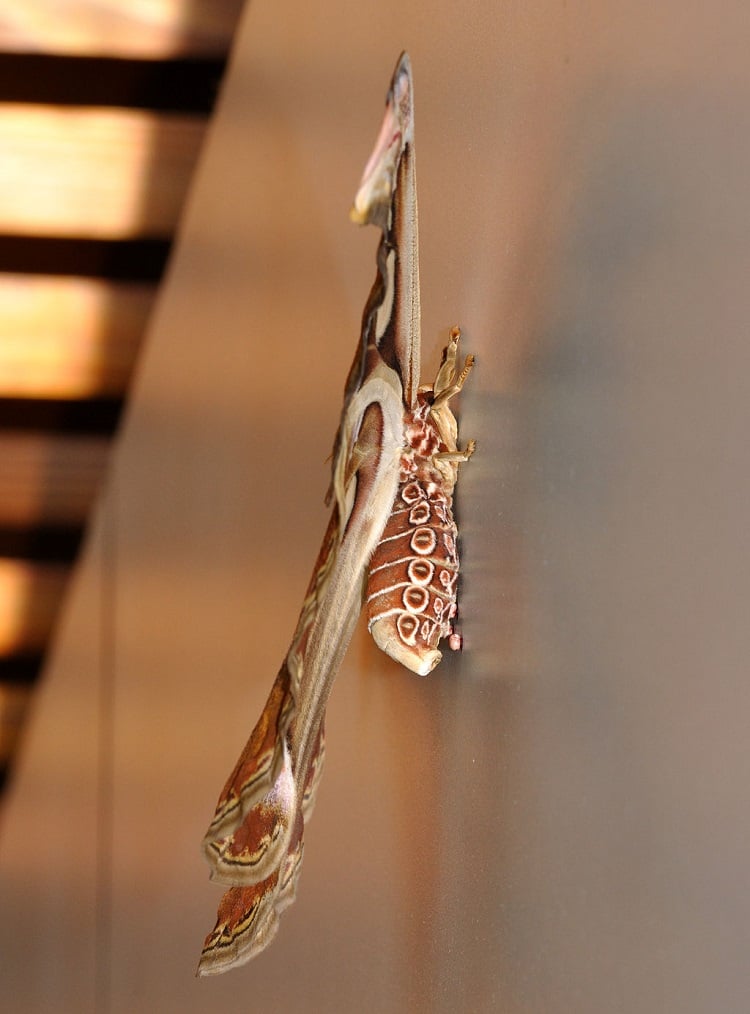
Source: Wikimedia
There is some confusion about where the Atlas Moth got its moniker. Some say it is named for the Titan of Greek mythology, while others say the moth was named for what some see as a map-like pattern on its wings. In Hong Kong it is commonly called the “snake’s head moth” because the extensions at the top of its wings look like serpents’ heads.
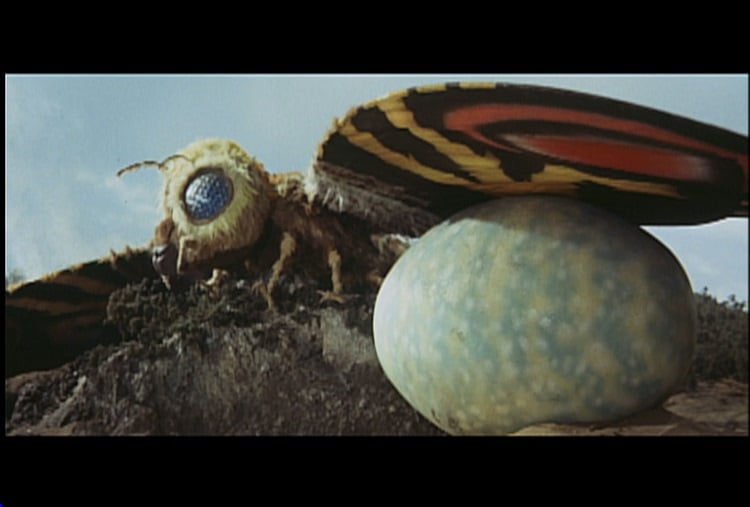
Source: Wikia
In Japan, a subspecies is known as the Yonagumi silkworm and is considered to be the inspiration for the giant Mothra that went to battle with Godzilla in Japanese monster movies.
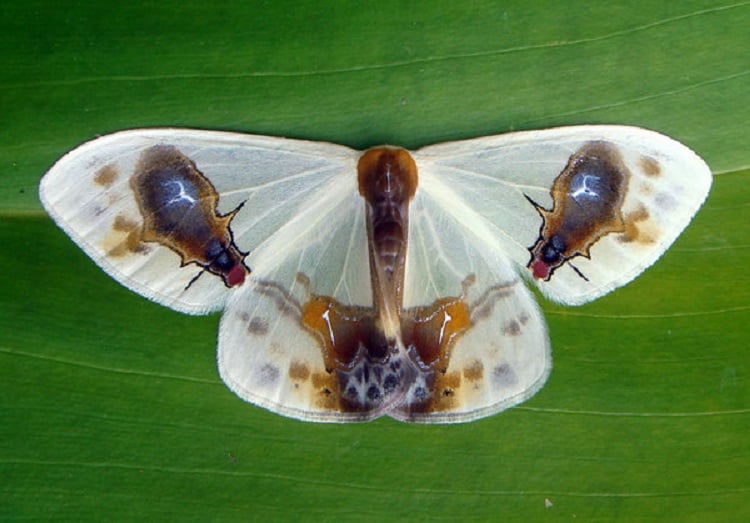
Source: The New York Times
Many moths utilize some kind of camouflage to protect them from predators. Eyespots, like those prominently featured on the Luna Moth are common among other species and are meant to mimic the eyes of animals to keep enemies at bay, or to keep attacks limited to the peripheral areas of a wing.
But the Macrocilix Maia takes things to another level. The Malaysian moth deters predators with an image of two flies eating bird poop. In addition to confusing its enemies with what one blogger calls a “mural” painted on its wings, the moth also emits a horrible odor to go along with the tableau and duplicate the smell of bird droppings.

Source: Wikimedia
Other moths use mimicry in terms of color, form, or through evolutionary development that has resulted in them sharing their appearance with more dangerous or harmful insects. The Green Hawk Moth, found in India, takes on the appearance of a leaf as a form of camouflage.

Source: Wikimedia
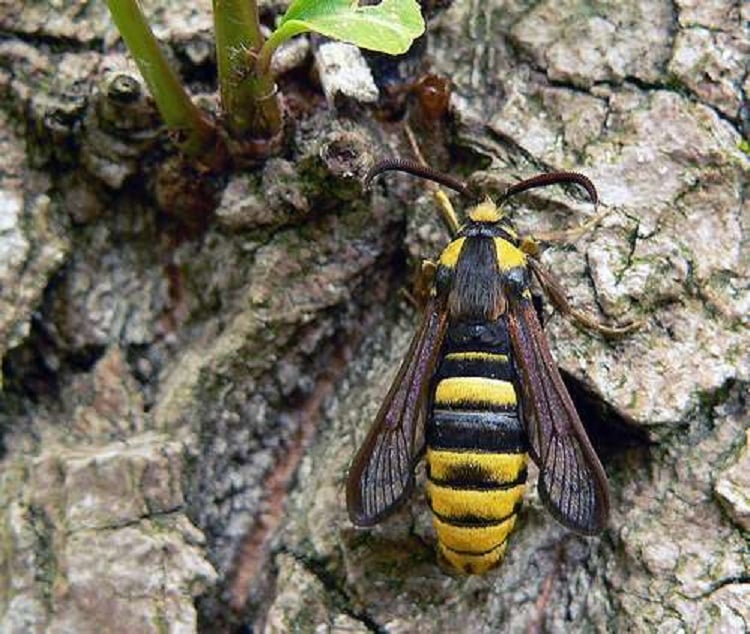
The Hornet Moth or Hornet Clearwing looks like a hornet that will sting you, but it is completely innocuous. The same size as a hornet, it even has the same jerky flight pattern when disturbed.

Hovering like a helicopter around flowers while darting quickly from blossom to blossom is something one might associate with hummingbirds, which is certainly how the Hummingbird Hawkmoth got its name. Plus, its wings beat so rapidly, the insect makes a humming noise while flying.
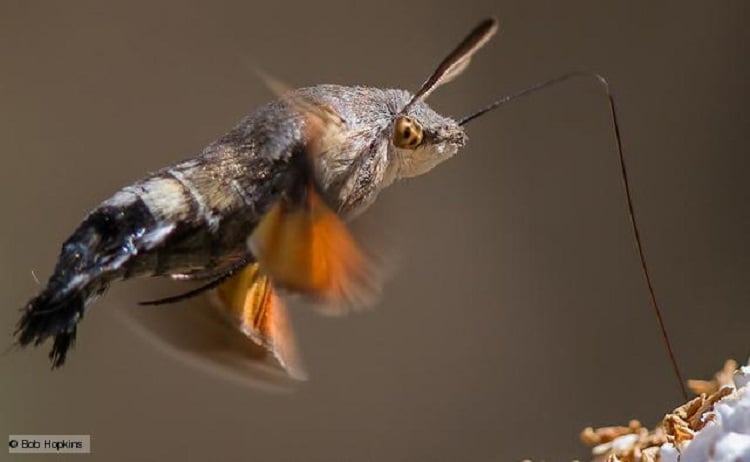
Source: BBC
The moths also have very similar feeding patterns to hummingbirds, attracted to flowers with a plentiful supply of nectar such as honeysuckle and buddleia. Scientists have also noted that the moths have a very strong memory because they return to the same flowerbeds at the same time every day.
After seeing some of the world’s most beautiful moth species, discover the six most beautiful butterflies on Earth.
